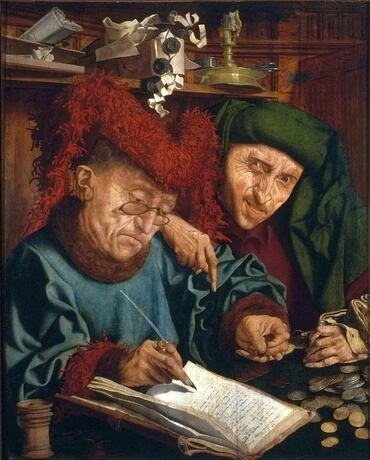7
επειτα G1899 ADV ετερω G2087 A-DSM ειπεν G2036 G5627 V-2AAI-3S συ G4771 P-2NS δε G1161 CONJ ποσον G4214 Q-ASN οφειλεις G3784 G5719 V-PAI-2S ο G3588 T-NSM δε G1161 CONJ ειπεν G2036 G5627 V-2AAI-3S εκατον G1540 A-NUI κορους G2884 N-APM σιτου G4621 N-GSM και G2532 CONJ λεγει G3004 G5719 V-PAI-3S αυτω G846 P-DSM δεξαι G1209 G5663 V-ADM-2S σου G4675 P-2GS το G3588 T-ASN γραμμα G1121 N-ASN και G2532 CONJ γραψον G1125 G5657 V-AAM-2S ογδοηκοντα G3589 A-NUI







